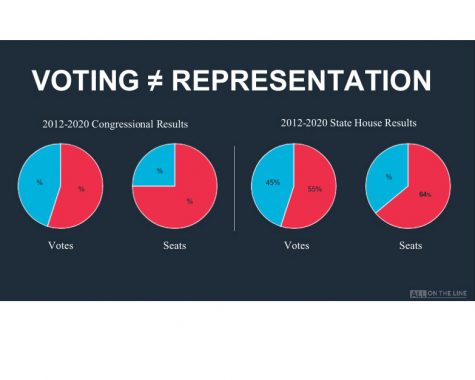The issue raised in the quote below is the elephant in the room when it comes to U.S. Navy planning for engagements with "near peer" forces. It is preceded by a narrative criticizing pre-World War I planners for failing to recognize the threat of aerial attack on battleships in 1921, between the world wars.
Evidence that aircraft carriers are unacceptably vulnerable to attack from peer and near-peer adversaries is abundant. In perhaps the greatest coup d’etat for naval warfare in recent history, China’s DF-21D antiship ballistic missile is approximated to have a range of more than 900 miles, encompassing all of Japan and Korea as well as most of the Philippines and South China Sea. These missiles, which can be easily moved and launched from the Chinese mainland, reach further than even the longest-range combat aircraft in the carrier air wing, the roughly 700-mile combat radius of a fully fueled F/A-18E/F Super Hornet.While aerial tankers often are used to extend the range of such jets, refueling midflight is not viable in a peer conflict, as slow flying aircraft loading fuel would be vulnerable to an array of Chinese antiaccess/area-denial (A2/AD) assets, such as rival aircraft, surface vessels, and submarines. In addition to the Chinese DF-21D, both China and Russia have fielded and continue to develop hypersonic antiship missiles that cannot be defeated with any current U.S. countermeasure technology. Aircraft carriers are simply not suited to fight the battles of the future in which a shore-launched missile from hundreds or even thousands of miles away holds a strike group at risk.
From the U.S. Naval Institute Blog.
For what it is worth, this isn't really a correct usage of the term coup d’etat.
Also, this overlooks the fact that near peer nations already had other threats to aircraft carriers and other naval surface combatants, that are just as serious such as submarines, swarms of missile boats, swarms of missile armed aircraft, camouflaged armed ships, ballistic missiles, sea mines, and other non-hypersonic missiles.
But neither of these concerns detract from the core point that aircraft carriers (and other naval surface combatants) are highly vulnerable.
As I have explained before, naval surface combatants, are slow moving and not very maneuverable, have no stealth and nothing to hide behind, and are the equivalent of going into a battlefield in a fully occupied RV that carries lodging for all of its crew including its support crew that is not needed for the battle itself.
There are very few combat functions that naval surface combatants perform that military aircraft cannot. But military aircraft travel at 25 to 50 times the speed of a naval surface combatant, are smaller because they contain only what they need to fight and support their small crew for a matter of hours while leaving 95% of their support crews behind at air bases or on aircraft carriers, can employ stealth technology, and can deliver essentially any kind of missile or torpedo that a naval surface combatant can.
Aircraft can also move from one theater of conflict to another in a matter of days, rather than a matter of weeks, allowing a smaller number of military resources to be deployed with the same effect globally.
Submarines provide a middle ground. They have many of the same drawbacks, but aren't nearly as vulnerable to attack.
The main role that naval surface combatants serve that can't be served by aircraft, submarines, and drones is that they "show the flag". This is a function many political leaders highly value, but the notion that showing the flag translates into survivable capabilities in a real fighting war with near peer countries is mistaken.





